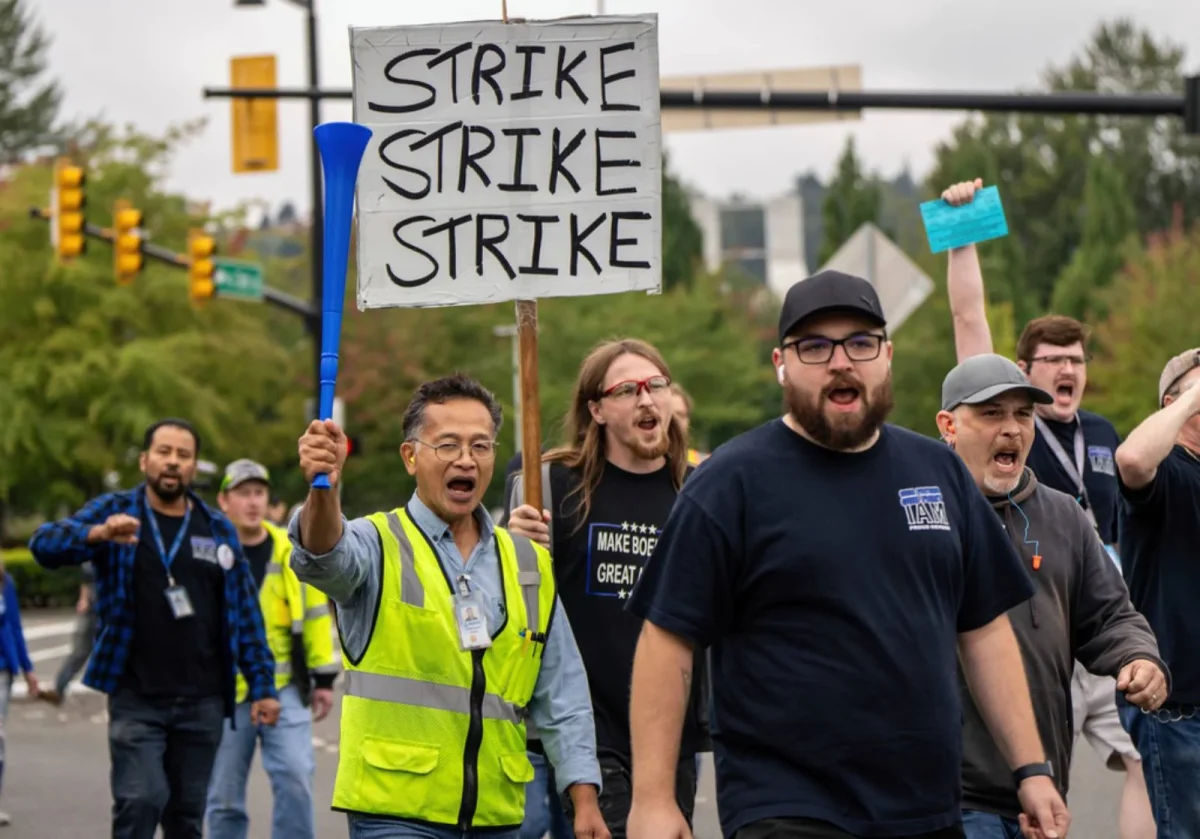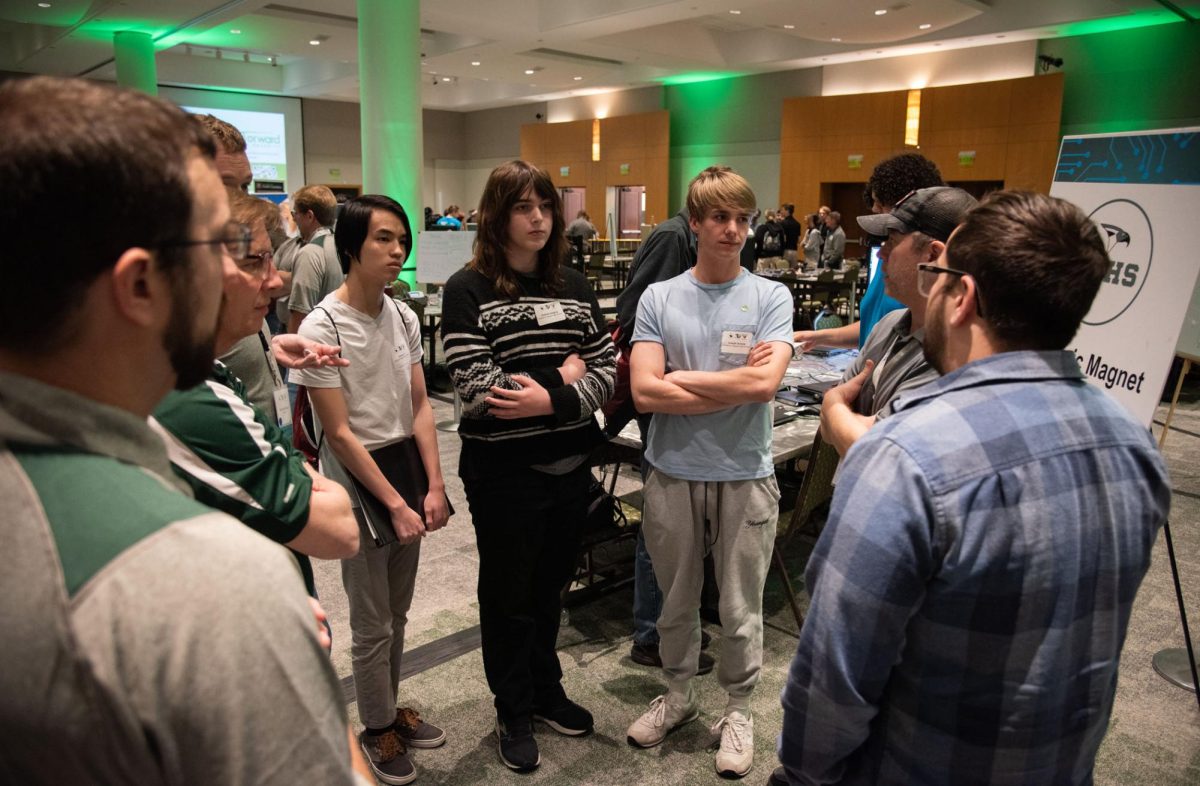Two weeks ago, October 1, was the start of a highly anticipated strike of east-coast port workers under the International Longshoremen’s Association. The strike ended after just 3 days, with a temporary deal to extend the workers’ current contracts until January. It includes a pay raise of $4 an hour every year for 5 years, slightly lower than the union’s request of a raise of $5 an hour. The deal leaves the question of automation, a major reason for the strike, up in the air for now. The strike was widely believed to have the potential to be devastating to the economy, and the tentative deal quickly ending the strike should prevent any significant impacts. But the focus on the port strike, while deserved, distracted from another, longer strike, whose economic impacts may be more significant than predicted.
Sunday marked a month since 33,000 Boeing workers under the International Association of Machinists and Aerospace Workers started a strike at Boeing plants across the west coast. A week prior, Boeing and the union had reached a tentative agreement, which like the longshoremen’s, included a 25% pay raise over 4 years, less than the 40% the union wanted. But when this agreement was given to union members for approval, they voted 94.6% against the deal, and 96% to go on strike. In the month since, negotiations have completely fallen apart. On the 8th, Boeing withdrew their offer, raised to a 30% increase in pay, and called the union’s demands “non-negotiable.”
The strike, while not obviously a threat to the economy as a whole, has been extremely impactful on Boeing. coming as another major challenge to a once-respected company. The company’s long reputation for quality and safety seemed to end after an incident in January in which a Boeing 737 MAX’s door plug blew out mid-flight. Also this year, two whistleblowers who had come out with safety concerns about Boeing’s planes died under currently unclear circumstances. But the strike has had the largest financial impact: according to CNN, Boeing has lost $5 billion dollars in the past month from it. And last Friday, due to the business’s “difficult position,” Boeing announced that it would be laying off 10% of its workforce – around 17,000 employees.
The strike currently also effects the Boeing’s site in North Charleston, where the 787 is produced. The workers here are not aren’t unionized, but the strike on the West Coast affects them. Boeing announced a 10% cut in the workforce – North Charleston is included. The cut will include executives, managers, and employees. The plant, opened in 2011, was viewed as a move by Boeing to avoid its workers joining a union, as the state has the lowest union membership rate of any state – 2.3%. The National Labor Relations Board filed a complaint about this that was later dropped. In the years since, Boeing has fought against unionization, including allegedly firing workers who try to unionize.
The strike has already had effects on local communities, according to CNN; but whether the production delays will impact airlines remains to be seen.
Sources:
The port strike is over. Here’s what happens next | CNN Business
Port strikes end with deal on wages, averting economic disaster : NPR
Boeing machinists vote to strike after rejecting pay increases of 25% over 4 years
Boeing machinists go on strike after rejecting contract : NPR
Boeing strike has already cost the company and workers $5 billion, new analysis shows | CNN Business
Boeing to lay off roughly 10% of its workforce | CNN Business
Talks between Boeing and striking union break down | CNN Business
Whistleblower Joshua Dean, who raised concerns about Boeing jets, dies at 45
‘It’s because we were union members’: Boeing fires workers who organized
https://www.live5news.com/2024/10/11/boeing-will-lay-off-10-its-employees-strike-by-factory-workers-cripples-airplane-production/















